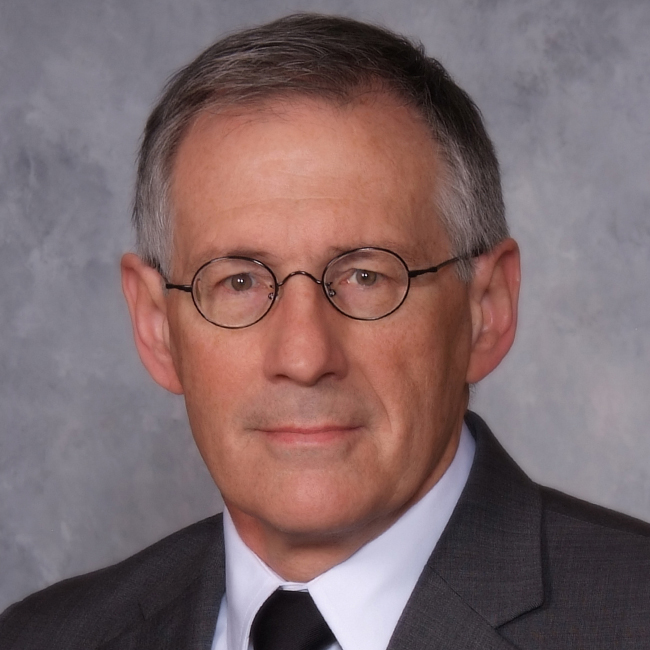Local Governments May Have Some Authority Over Oil & Gas Infrastructure
- April 29, 2014 | By Alan D. Wenger | Oil & Gas, Public Sector | Contact the Author

State law does give the Ohio Department of Natural Resources exclusive jurisdiction over some oil and gas development and operations, but not over everything. In fact, on matters related to oil and gas gathering facilities, including those being installed all over eastern Ohio this Spring, local zoning and building authorities might have a lot more input than they realize.
Origins of oil & gas development rules
More than 14 years ago, an industry organization, the American Petroleum Institute, developed extremely obtuse, confusing and circular rules for infrastructure relating to oil and gas development. The rules were labeled API Recommended Procedures (RP) 80, and the State of Ohio and Federal government adopted them lock, stock and barrel as state and federal law through the Ohio Administrative Code and the Code of Federal Regulations.
Under API RP 80, certain “gathering facilities” are distinguished from “production facilities.” In Ohio, the ODNR with its preemption over local control might exercise that preemption as to production facilities, but generally not over gathering facilities.
Jurisdiction over gathering facilities generally appears intended to fall into the lap of the Public Utilities Commission of Ohio. But it appears that as large numbers of gathering facilities are being built across eastern Ohio, the PUC as well as the ODNR may not be equipped with resources to oversee these developments, and may not even have received applications or issued permits for their construction. Thus, state agencies may have little or no knowledge of what is going on in the field and may be providing little if any actual oversight or inspection.
Local panels may have significant authority
The PUC and Ohio Power Siting Board websites both reflect that gathering facilities can be subject to local zoning and building authorities (see this Power Siting Board FAQ about who regulates the siting of pipelines and this PUC page that links to that FAQ).
O&G drillers might take great pains to define their facilities as “production” rather than “gathering” in order to argue that they are not subject to local control. But facts are facts, and labels should not determine whether there can be local control over gathering facilities.
The meaning and impact of this on local zoning and building authorities is significant. The law as it exists might give local authorities valuable input as to location of pipelines and compression stations in zoned areas, and could require companies to meet reasonable standards for setbacks, road development, noise, light and odors, and other regulation.
Ohio O&G followers are awaiting the Ohio Supreme Court's decision in a potential landmark case, State of Ohio ex rel. Jack Morrison, Jr., Law Director City of Munroe Falls, Ohio, et al. v. Beck Energy Corporation, et al. (argued February 26, 2014) on the issue of ODNR preemption over local zoning control as to production facilities. But even without a decision in that case, current law appears to give local governmental agencies at least some regulatory authority.
Local governments should not throw up their hands and assume that anything involving oil and gas is beyond their control.
________
Alan D. Wenger is an oil & gas lawyer in Youngstown, Ohio, and chair of the Oil & Gas Law Practice Group at HHM.

